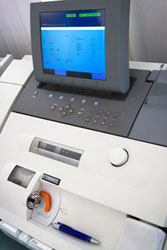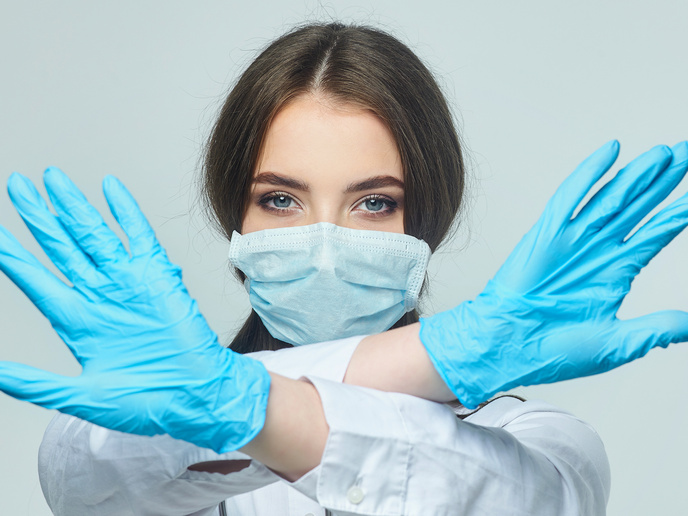New age optical sensors for breath analysis
It is very difficult to probe inside a sealed chamber kept at high temperature and controlled pressure such as a chemical vapour deposition (CVD) reactor filled with hazardous gases like arsine. But diode laser spectroscopy in the near infra red can successfully and efficiently monitor the gas chemical reactions that occur while a thin film is deposited on a solid surface inside the reactor. NIRLD spectroscopy is not limited to industrial manufacturing processes. Recently, it has been successfully applied in the telecom industry and now a multitude of potential new applications is envisaged. The ASSYST project has greatly assisted in manufacturing a miniature of a tunable diode laser (TDL) instrument. This novel next generation optical sensor uses a distributed feedback (DFB) laser. It can be produced at a much lower cost without compromising performance. An optical spectrometer of reduced dimensions can be used extensively in applications where non-invasive, in-situ process control is required. Project partners have also developed new laser designs for cavity- enhanced spectroscopy. Diode laser based sensors are compact, have low power requirements and high sensitivity and are capable of detecting parts per billion (ppb) and even lower parts per trillion (ppt) concentrations of gases. With a small volume cavity and a long wavelength DFB laser or an infrared quantum cascade laser, detection of NO2 and CO2 isotopes was demonstrated. A portable instrument with such high sensitivity in detecting gas compounds has already found an important innovative application. A laboratory prototype has been developed for use as a human breath analyser. The prototype measures, in CO2 for example, the ratios of carbon 13 to carbon 12 in human breath. Such measurements are commonly used during exercise to evaluate the oxidation rate of exogenous carbohydrates enriched in carbon 13. More important these measurements trace the metabolism of isotopically-labelled drugs.







